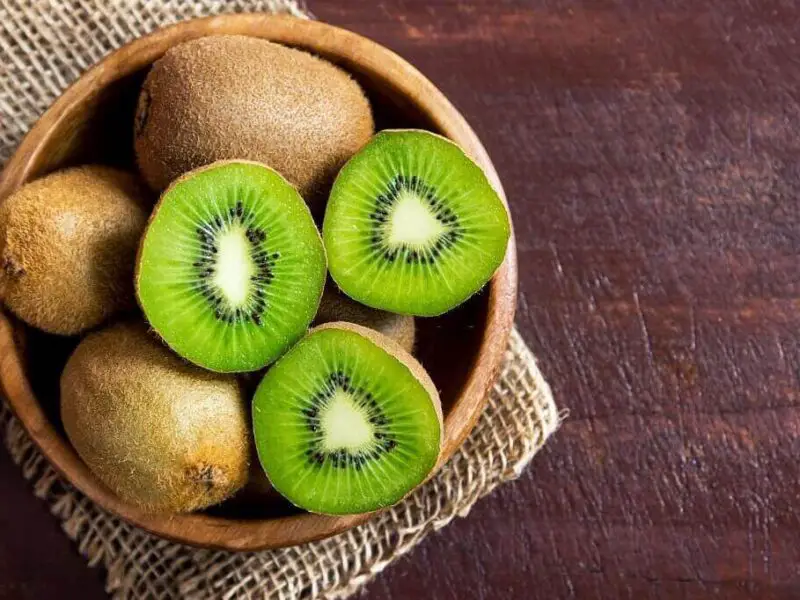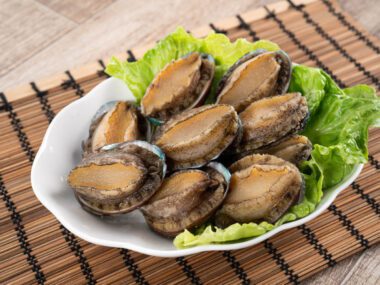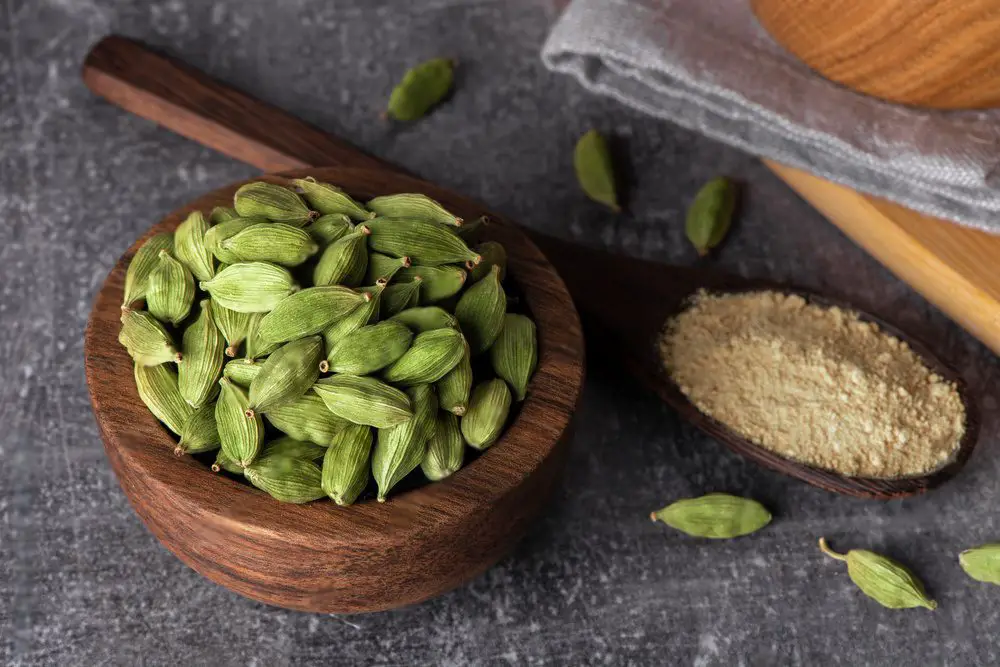There are several lookalikes of Kiwi in existence. In spite of not being related or even belonging to the same genus, some of them share striking similarities. The kiwi is classified as a berry despite its size, which is unusual for a berry. They’re about the size of a regular egg. There are places where people name it kiwifruit instead.
The woody vine Actinidia is where kiwi grows. The fuzzy kiwifruit is by far the most popular type of kiwi. The exterior skin of the fruit has a scratchy texture, thus the name “fuzzy.” The entire kiwifruit can be eaten without going to waste. It has a flavor that can only be understood by trying it.
If you could describe the flavor of a kiwi, what would it be? What does kiwi taste like? The taste of kiwi is mildly acidic, making it either tangy or tart. There is nothing else like the berry’s taste. When compared to other fruits, kiwi has a flavor that is somewhere between strawberry, banana, pineapple, and the tanginess of citrus. As the fruit is unripe, it has a sharper acidic taste, but when it reaches peak ripeness, it becomes sweeter.
You can eat kiwis cooked or raw, although few people eat the peel. It is not a fruit that you would typically eat every day, but it is the ideal fruit to include in your diet since it provides something that is lacking.
The Health Benefits Of Kiwis
The kiwi has a lot of healthy properties for such a small fruit. Medicinal purposes are its primary application in China. Vitamins C, K, and E are just a few of the many vitamins found in kiwis. Minerals like folate and potassium are abundant, and it’s also high in fiber and anti-oxidants. In terms of managing one’s general health, Kiwi offers qualities that can be quite useful.
It’s common knowledge that eating fiber helps the digestive system. Kiwi’s fiber content makes it a good digestive aid. Actinidin, an enzyme found in it, helps in the digestion of proteins. Research on a kiwi extract containing this enzyme found that it efficiently breaks down a wide variety of proteins.
Additionally to its digestive benefits, kiwi also includes antioxidants that can be used in the treatment of asthma. One study from the year 2000 indicated that people who ate more fresh fruit had better overall brain function. Wheezing is reduced or eliminated, and the child’s condition improves over time when they consume kiwi, which is helpful for children who are at risk for developing cancer.
Kiwis contain a massive quantity of vitamin C. In fact, the vitamin C content of just one cup of kiwi fruit is equivalent to 273% of the Reference Daily Intake (RDI). Vitamin C helps the body’s immune system work better, making it less likely to get common illnesses like the flu.
The bioactive substances included in kiwis help reduce blood pressure and keep it from rising to dangerously high levels. By eating three kiwis per day, you can reduce your risk of heart attack and stroke.
The kiwi fruit has been shown to lower blood fat levels and prevent blood clots. This has the potential to greatly improve cardiovascular health and lessen the likelihood of developing chronic circulatory-related diseases.
Kiwi’s Many Uses In Cooking
You can eat kiwis raw or prepare them in a variety of ways in the kitchen. But, like the vast majority of other fruits, it is often consumed uncooked. You may slice it up and eat it plain, or you can make a fruit salad with it and some other fruits. The kiwi cobbler is a great example of cooking kiwis. It goes well with ice cream or yogurt, depending on your preference.
The kiwifruit has many uses in the home kitchen and at the dinner table. The proteolytic enzyme found in kiwi necessitates caution when mixing it with other meals. Actinidin has been shown to accelerate the digestion of proteins and prevent the setting of gelatin. This enzyme is inactivated by cooking the kiwi, so it can be safely added to gelatin-based recipes.
Due to its acidic nature, kiwi can be used to tenderize meat. You should also purée it before using it in marinades. It’s great for marinating meats, including poultry and beef.
Where Does The Kiwi Fruit Grow? How Can You Get It?
The Kiwi is called Yang Tao in China. New Zealanders started calling it the “Chinese gooseberry” when it arrived there in 1906. Soon after, New Zealand became the world leader in producing Chinese gooseberries, which they called “kiwis” after their national icon, the kiwi bird.
The term “kiwi fruit” wasn’t largely adopted in the international trade market until 1974. Although kiwifruit is now cultivated in many countries, New Zealand continues to be a world leader in this area.
Kiwi is seen as a unique delicacy in the United States. It is available at farmers’ markets and specialized grocery stores.
Which Is Healthier: Kiwi Or Orange?
A kiwi’s impressive nutritional profile has earned it widespread praise. Its nutritional content is higher than that of an orange, and it could be used in more medical contexts. Its nutritional properties are unparalleled when compared to those of the other 27 fruits in its category. Vitamin C content is more than double that of an orange, and other nutrients can be multiplied by as much as two compared to an apple.
Kiwi Facts You Didn’t Know
- A kiwi will not ripen after being cut. It will not ripen, but will begin to rot.
- When it comes to macular degeneration, Kiwi is a powerful ally in the fight against vision loss. That’s due to the high concentrations of zeaxanthin and lutein in it.
- Kiwis are called Actinidia deliciosa in the scientific community.



